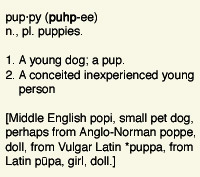
Worksheets and No Prep Teaching Resources
Reading Comprehension Worksheets
 Worksheets and No Prep Teaching Resources Reading Comprehension Worksheets |
|
| edHelper's suggested reading level: | high interest, readability grades 3 to 4 | |
| Flesch-Kincaid grade level: | 2.54 |
|
Look It Up!
By Patti Hutchison |

|
 1 You are reading an article in a magazine. All of a sudden you come to a word you don't know. What can you do? You can look it up in the dictionary. It's easy!
1 You are reading an article in a magazine. All of a sudden you come to a word you don't know. What can you do? You can look it up in the dictionary. It's easy! |
Create Weekly Reading Books
Prepare for an entire week at once! |
| Leave your feedback on Look It Up! (use this link if you found an error in the story) |